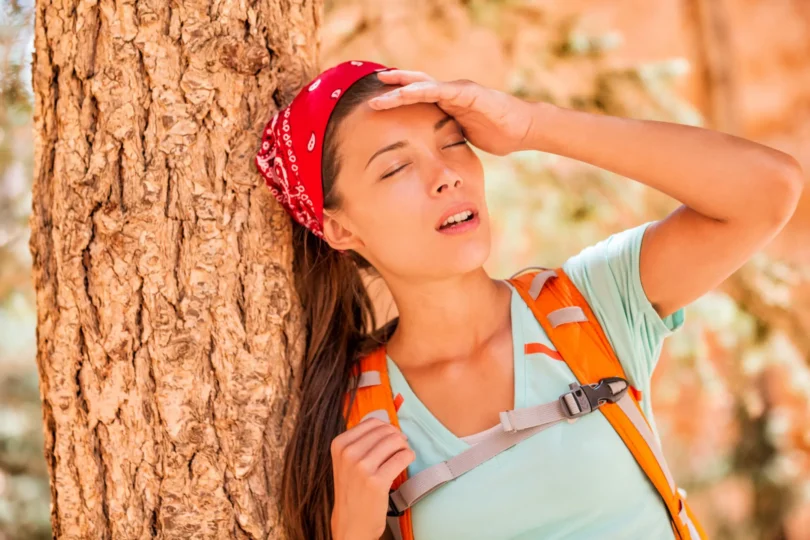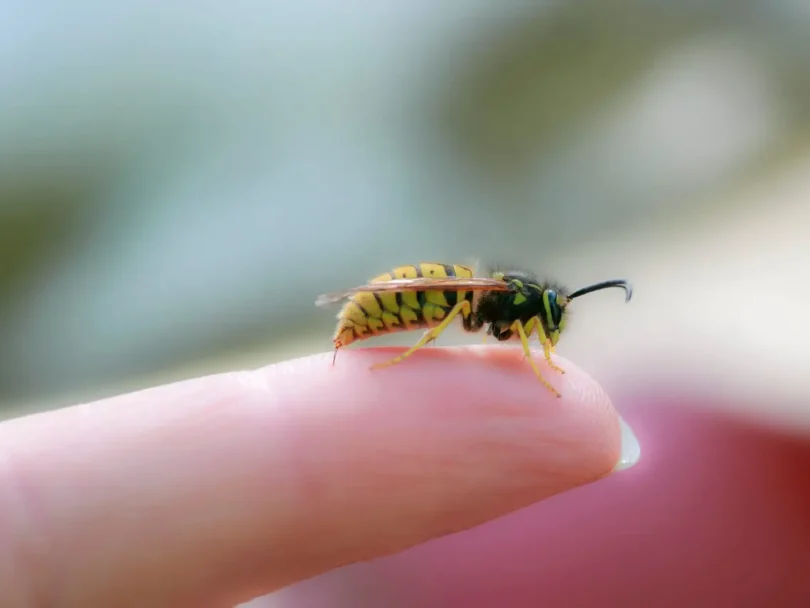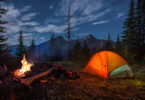When you are preparing for outdoor adventures, it is important to get some first aid knowledge to handle some common outdoor injuries. A cut, a sting, a snake bite, or injuries may happen. Let’s walk through some basic outdoor first aid tips and know how to handle them.
Whether you’re hiking in the mountains, camping in the forest, or on a fishing trip, it’s crucial to be ready for potential accidents. With the right preparation, you can face any unexpected situation with confidence.
Cuts and Minor Wounds
Small cuts are not life-threatening but it still hurts. A Gauze Pad and band-aid help to avoid infection. You change the gauze or bandage daily and keep the wound clean.
Massive Bleeding
Massive bleeding is life-threatening, it normally happens to limbs. If the bleeding cannot be controlled by pressure, take the tourniquet and apply the tourniquet as high as possible, as tight as possible till the bleeding is controlled, and go to the hospital. If you don’t have a tourniquet, use a belt or triangular bandage+sticks instead.
Insect Bites and Prevention
Insects are a common hazard during outdoor activities. To reduce the risk of bites from mosquitoes, ticks, and other insects, always wear long-sleeved shirts, and pants, and use insect repellent. If bitten, wash the area with soap and water to prevent infection.
For mosquitoes, applying an anti-itch cream will help ease the irritation. It is equally important to check for ticks regularly during and after your adventure, especially in wooded or grassy areas. Being proactive in prevention can minimize the discomfort and risks associated with insect bites.

Source: sierrarecmagazine.com
Fractures and Sprains
If a fracture happens, fix the limb with a splint if you have one in the first aid kit. If you don’t have a splint, use sticks with any fabric, T-shirt, or bandages instead. You need to fix the bone and don’t move.
For sprains: Take a rest, and apply the part with cold water or an ice pack. Compress the part with a bandage to reduce swelling. Do not expose the sprained area to hot water.
Burns
Burns can happen when you are setting up a fire or cooking some food. The first thing to do is to cool the burn with water. After cooling the burn wound, cover the wound with a sterile bandage (for 1st degree burn only).
You need to cover the wound with burn gel if 2nd and 3rd-degree burn happens.
How to identify the degree of burn wound? If the wound is dry and sensitive, red, and painful without blisters.
Heat Exhaustion and Dehydration
Outdoor adventures in hot weather can lead to heat exhaustion or dehydration. Signs of heat exhaustion include dizziness, nausea, and excessive sweating. To avoid this, drink plenty of water, wear light-colored clothing, and take breaks in shaded areas.
If dehydration or heat exhaustion occurs, move to a cool place, hydrate slowly with water or electrolyte drinks, and cool the body down by applying damp cloths to the skin. Always carry enough water for your trip to avoid these potentially dangerous situations.

Source: mydr.com.au
Hypothermia and Cold Weather Precautions
When venturing into colder climates, hypothermia becomes a serious risk. It occurs when your body loses heat faster than it can produce it. Symptoms include shivering, slurred speech, and confusion.
To prevent hypothermia, dress in layers, avoid getting wet, and ensure you have a warm, dry shelter. If hypothermia sets in, remove wet clothing, wrap the person in warm blankets, and provide warm (not hot) beverages if they are conscious. Acting quickly can save lives in cold environments.
Snake Bites
First of all, you need to check if the bite is from Poisonous or Nonpoisonous snakes. Bites from poisonous snakes are usually one or two large punctures. The Nonpoisonous one normally have rows of small scratches.
What you need to do is to calm down to slow down your heart pump venom through your body.
Don’t suck your wound, there might be a suction device but it doesn’t work at all and even make things worse.
Go to the hospital ASAP.
Bee Stings
First of all, remove the stinger if you can see it. Scrape it off with a card and don’t use your fingers to pinch it. Pay attention to Allergies.
Ticks
Use tweezers to grab the tick as close to your skin, pull it out slowly, and remember don’t twist it. Make sure the head and body of the tick are removed. After being removed, clean the wound with antiseptic.

Source: businessinsider.com
Hornet Stings
Hornet stings are particularly painful and can pose a greater threat than bee stings due to the nature of the venom and the ability of hornets to sting multiple times. Unlike bees, which lose their stinger after one sting, hornets can sting repeatedly, injecting more venom with each strike.
The first step after being stung is to wash the affected area thoroughly with soap and water to reduce the risk of infection. It’s crucial to stay alert for signs of allergic reactions, which may include swelling beyond the sting site, difficulty breathing, dizziness, or nausea.
In severe cases, anaphylactic shock can occur, which requires immediate medical attention. Applying a cold compress can help reduce swelling and alleviate pain, but over-the-counter antihistamines may also assist in managing mild allergic reactions. If you know you are prone to severe allergic responses, carrying an epinephrine auto-injector (EpiPen) during outdoor adventures is advisable.
Sunburn and Sun Protection
While enjoying the outdoors, it’s easy to forget how harmful the sun can be. Sunburn not only causes discomfort but also increases the risk of skin damage. Apply sunscreen with a high SPF to exposed skin at least 30 minutes before heading out, and reapply throughout the day, especially after sweating or swimming.
Wearing a hat and sunglasses offers additional protection. If you do get sunburned, apply aloe vera or a cooling lotion to soothe the skin and avoid further sun exposure until the burn heals.
Conclusion
Knowing some basic first aid tips can make your trip safer, prepare suitable first aid kits or boo-boo kits with you is essential. Always be mindful of the environment you are venturing into and pack accordingly. In addition to knowledge, having the right gear can make all the difference in handling emergencies.
Remember, a little preparation goes a long way, stay safe, and enjoy your adventure. Having the skills and the tools to react to common injuries is just as important as the adventure itself.







